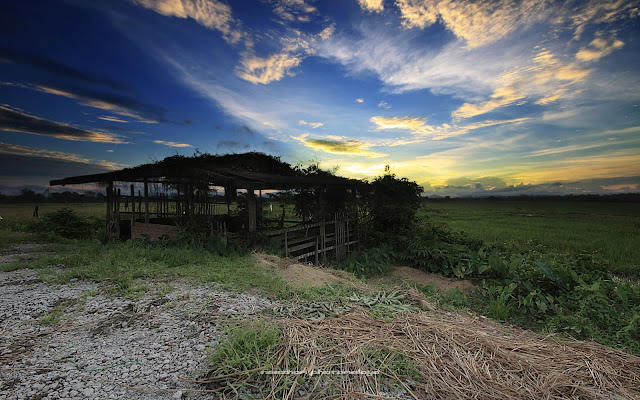Photo by Scott Williams, Cardiff University

An elaborate labyrinth of sacred tunnels, containing the mummified remains of millions of dogs, has been excavated under the Egyptian desert.
The Catacombs of Anubis project, led by Paul Nicholson of the School of History, Archaeology and Religion, is examining a labyrinth of tunnels beneath the desert at Saqqara in Egypt. The tunnels make up the catacomb for the burial of animals sacred to the dog or jackal-headed god Anubis.
The Dog Catacomb has been known since the 19th Century but has never been properly excavated before. The excavation team’s latest estimate is that some 8,000,000 animals – most of them dogs or jackals - were buried there. Work on the animal bones suggests that they were only hours or days old when they were killed and mummified. It is likely the dogs were bred in their thousands in special puppy farms around the ancient Egyptian capital of Memphis.
Dr Nicholson said: "Our findings indicate a rather different view of the relationship between people and the animals they worshipped than that normally associated with the ancient Egyptians, since many animals were killed and mummified when only a matter of hours or days old. These animals were not strictly ‘sacrificial’. Rather, the dedication of an animal mummy was regarded as a pious act, with the animal acting as intermediary between the donor and the gods."
Anubis
 The project has just won the Andante Travels Archaeological Award for 2011 for a work which has both archaeological significance and public appeal. Andante Travels is a British company specialising in archaeological tourism and the £2000 award will support further work, including radiocarbon dating of the construction phases of the catacomb.
The project has just won the Andante Travels Archaeological Award for 2011 for a work which has both archaeological significance and public appeal. Andante Travels is a British company specialising in archaeological tourism and the £2000 award will support further work, including radiocarbon dating of the construction phases of the catacomb.The team is hoping that the geological work on the catacomb will help the Egyptian Ministry of Antiquities, who have generously permitted the work, in monitoring the site for its long term preservation.
The work has been funded in part by the School of History, Archaeology and Religion and by National Geographic.
Source - Cardiff University
~ Library of weird and wonderful news blog ~























































